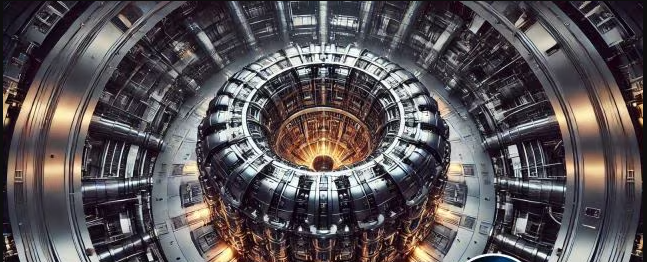For millennia, humans revered the Sun, worshipping its light and fearing its eclipses. The source of its eternal fire was a mystery until 1939, when physicist Hans Bethe revealed that stars shine through nuclear fusion, the merging of hydrogen nuclei into helium under extreme pressure and temperature.
Our Sun fuses about 600 million tons of hydrogen every second, releasing energy that sustains life on Earth. The process converts a tiny amount of mass into vast amounts of energy, as described by Einstein’s E = mc². In principle, even a glass of seawater contains enough potential energy to power a city for a day if fully fused.
The Human Quest for Stellar Fire
Since the 1950s, scientists have tried to recreate this stellar fire on Earth using two main approaches: magnetic confinement (tokamaks) and inertial confinement (laser-compressed fuel pellets). However, containing plasma at over 100 million degrees Celsius is a monumental challenge. Plasma is unstable, constantly twisting and writhing, making it nearly impossible to hold without touching the reactor walls.
As one scientist joked, “We’re not trying to make the Sun. We’re trying to make the Sun sit still inside a bottle.”
Breakthroughs in Fusion
Progress is steady. In 2022, the U.S. National Ignition Facility achieved a landmark: for the first time, a fusion experiment produced more energy than the lasers used to ignite it. Meanwhile, ITER, the international tokamak project in France, aims for sustained net energy gain in the 2030s.
Private companies, backed by investors like Bill Gates, are experimenting with smaller, flexible fusion designs. While practical electricity generation is still years away, fusion is now viewed as a potential commercial energy source.
Why Fusion Matters
Fusion uses abundant fuels like deuterium and tritium, produces no long-lived radioactive waste, and carries no risk of meltdown. Its only byproduct is harmless helium. A successful fusion reactor could provide clean, limitless energy for a planet facing growing power and climate challenges.
Fusion remains a colossal engineering challenge, but humanity is closer than ever to harnessing the power of the stars. The dream of bottling the Sun is no longer science fiction — it is an engineering problem waiting to be solved.
